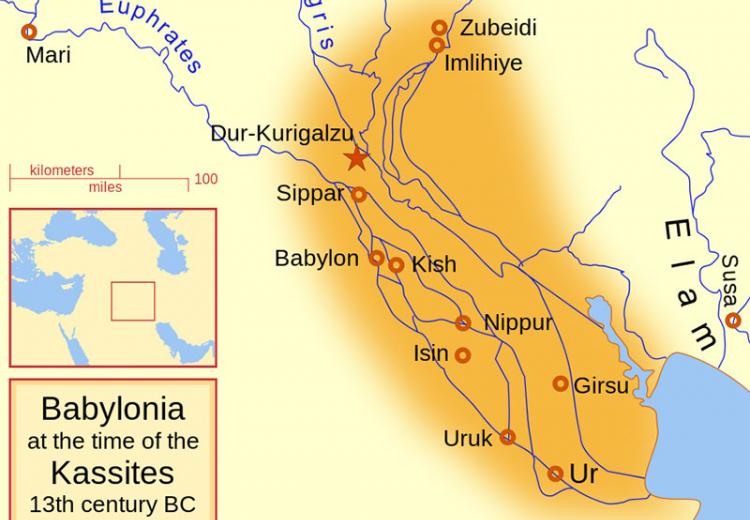
The empire of HammurabiĪ map of the Babylon Empire. He had a major impact on the city's fortunes and transformed this once-small kingdom into a great empire. Babylon remained this way until, six kings later, a man named Hammurabi (1792 B.C. He turned Babylon into a petty kingdom made up of the city and a small amount of nearby territory. He was an Amorite, a member of a Semitic-speaking people from the area around modern-day Syria. after the Ur-based empire had collapsed, Babylon was conquered by a man named Samu-abum (also spelled Sumu-abum). Prisoners captured in wars were sometimes forced to help build the canal network in the region, Dalley noted.

"Once established, however, such a system could reap the benefit of rich alluvial soils and support extremely productive agriculture on the levees of canals," Seymour wrote.īabylon's position on the Euphrates River, along with the canal systems that Babylon's rulers later constructed in the region, encouraged trade and travel, Stephanie Dalley, a retired teacher of Assyriology at the University of Oxford, wrote in her book " The City of Babylon: A History c. He noted that an irrigation system that distributed water from the Euphrates was required to grow crops. Ancient records suggest that more than 4,000 years ago, at a time when the city of Ur (in what is now southern Iraq) was the center of an empire, Babylon was a provincial administration center and was part of Ur's empire, wrote historian Gwendolyn Leick in her book " The Babylonians: An Introduction" (Routledge, 2002).īabylon was built in an area that's "subject to very high temperatures and lies well beyond the reach of rain-fed agriculture," Seymour, a research associate at the Metropolitan Museum of Art in New York City, wrote in his book "Babylon: Legend, History and the Ancient City" (I.B. Prehistoric Stone Hand Axe – 2.Archaeologically, little is known about the early history of Babylon.Virtual Tour of Important Historical Artifacts Discovered: Sippar, Tell Abu Habbah near Yusufiyah, Iraq.Period: Neo-Babylonian or early Achaemenid period.Title: Babylonian Map of the World – Imago Mundi.However, the other essential purpose of the tablet was to explain the Babylonian mythological world. The map is an example of ancient geography, and the places are shown in their approximately correct positions. Similar holes appear in the middle of the text above the map and at two points on the reverse.

The hole at the center of the tablet is a “firing hole,” deliberately made by the scribe. The cuneiform text describes the eight regions, and it details the strange and mythical beasts, as well as great heroes who lived there, although the text is not complete. The tablet was discovered at Sippar, some 60 km north of Babylon on the east bank of the Euphrates River. The description of five of these regions has survived, and their depiction as triangles might indicate that they were symbolized as mountains. The two outer circles represent water in between and are labeled as “bitter river,” referring to the salt sea. The circular Ocean surrounds Mesopotamia, and eight “regions” are depicted as triangular sections. The parallel lines at the bottom seem to represent the southern marshes, and a curved line coming from the north, northeast appears to represent the Zagros Mountains. There are seven small interior circles at the perimeter areas within the outer ring, and they appear to represent seven cities.

Urartu to the northeast and Habban, the capital of the Kassites, is shown to the northwest. The mouth of the Euphrates is labeled “swamp” and “outflow.” Susa, the capital of Elam, is shown to the south. The cuneiform script labels on locations inside the circular map, as well as a few regions outside, make this ancient tablet one of the oldest usable maps. The city of Babylon is shown on the Euphrates, north of the center of the map. The plan is centered on the Euphrates, flowing from the north to the south of the map. The map is circular with two outer defined circles. This Babylonian Map of the World is a clay tablet containing a labeled depiction of the known world, with a partially surviving description, dated to roughly the 6th century B.C.


 0 kommentar(er)
0 kommentar(er)
